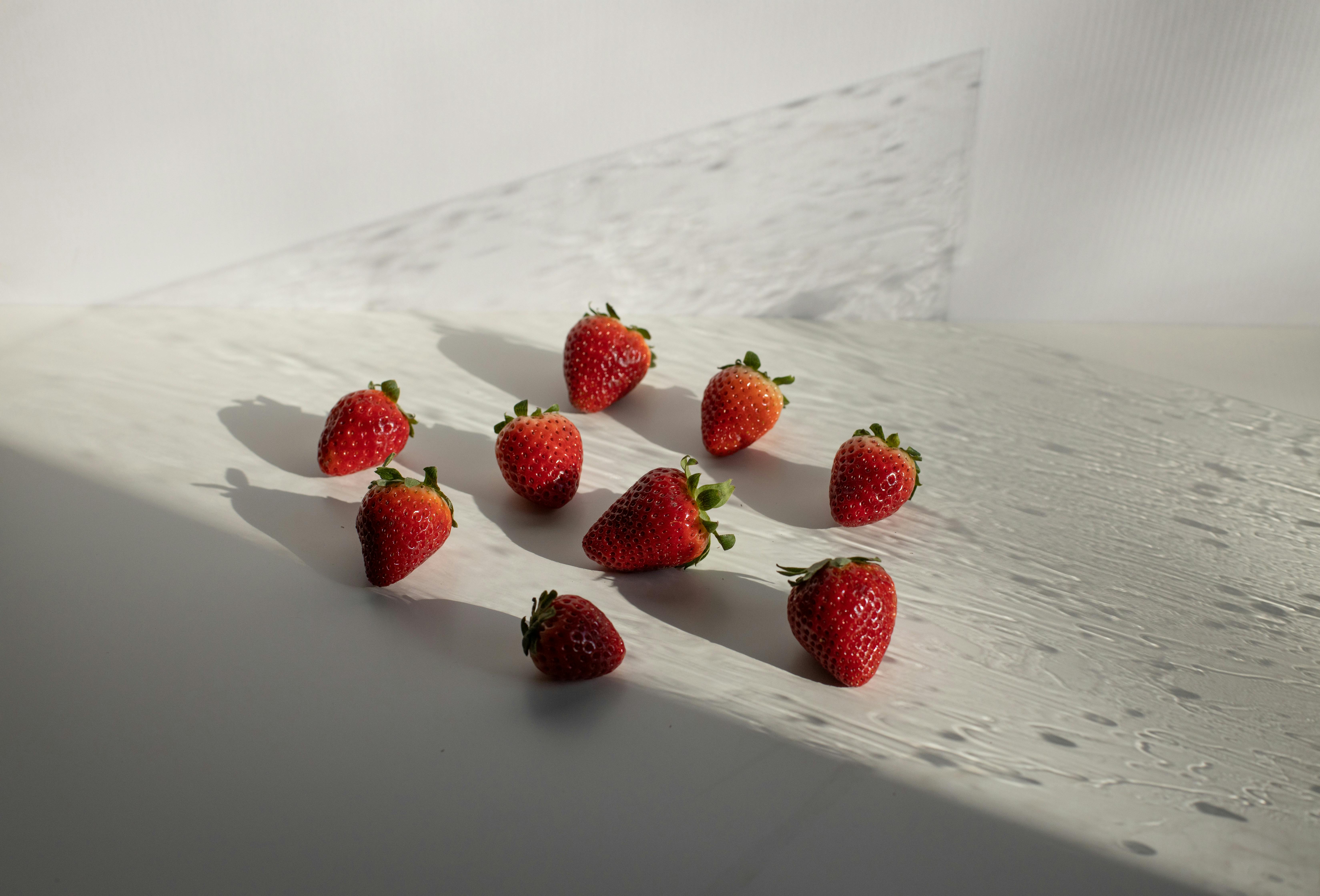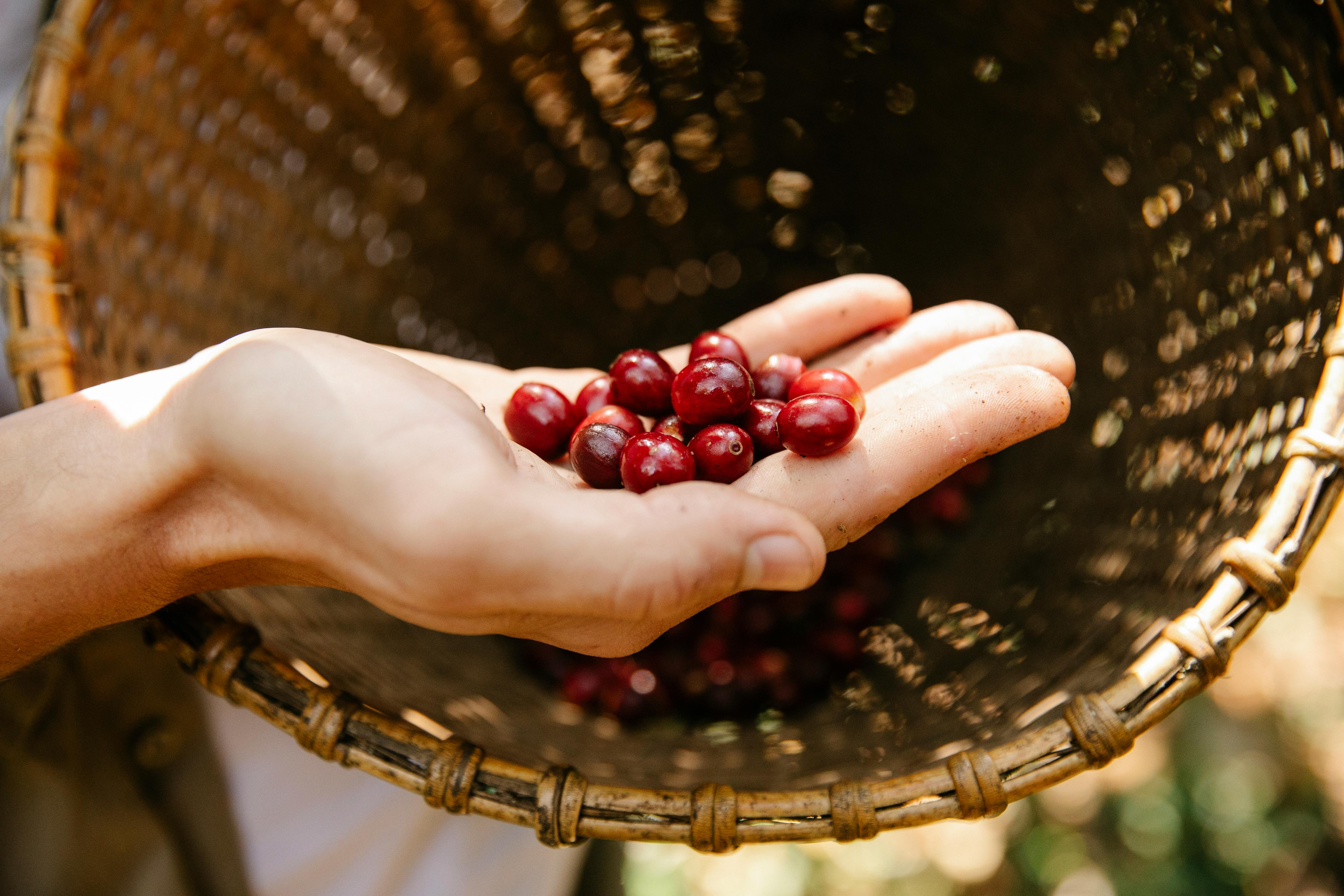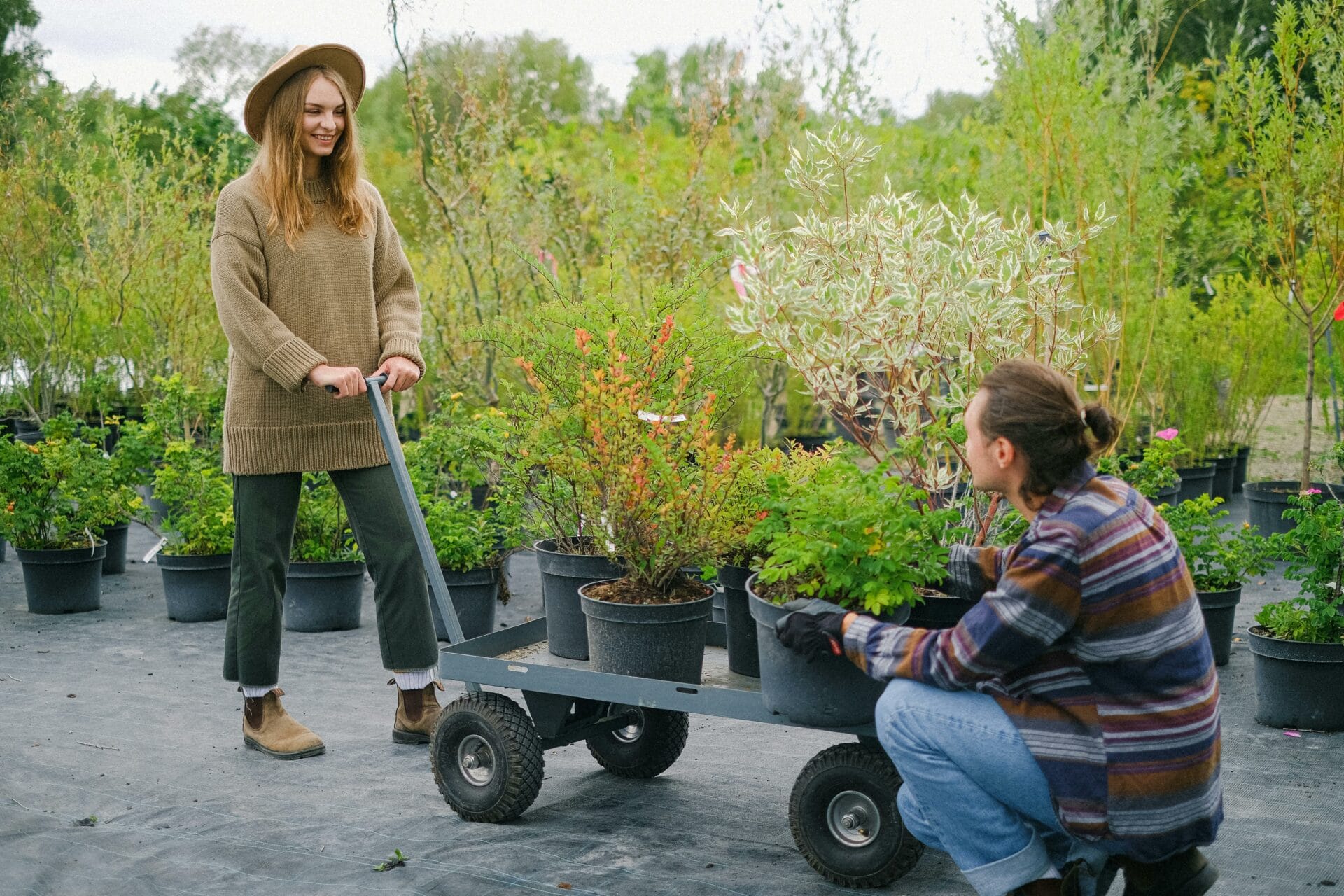A strawberry planter can be an excellent way to grow your own delicious strawberries in your home or garden. Whether you’re a novice gardener or an experienced one, growing strawberries in a planter is a great way to enjoy the sweet fruits of your labor. When planting in a strawberry planter, there are a few things to consider such as the type of soil, the placement of the planter, and which varieties of strawberries should be planted. With some careful planning and consideration, you can create a healthy and productive strawberry planter that will provide you with plenty of juicy strawberries for years to come!When choosing plants to grow in a strawberry planter, it is important to consider the size of the planter and how much sunlight it receives. Some plants that are well-suited for growing in a strawberry planter include lettuce, spinach, kale, Swiss chard, herbs such as oregano and mint, and dwarf varieties of tomatoes or peppers. Additionally, some flowers such as pansies or nasturtiums may be added for beauty and to attract beneficial insects.
Choosing the Right Soil for a Strawberry Planter
When it comes to growing strawberries in planters, choosing the right soil is key. The soil should provide good drainage and be able to hold moisture and nutrients for the plants. It should also be loose enough to allow for root growth. The best soil for a strawberry planter is a well-draining, loamy soil with a pH of between 5.5 and 6.5.
It is important to use a potting mix that is specifically designed for growing strawberries in containers. These mixes are usually made up of organic matter such as compost, peat moss, and vermiculite or perlite. They can also contain commercial potting soil, which can be mixed with the other ingredients to create a balanced mix that provides all of the necessary nutrients and drainage needed for healthy strawberry plants.
When mixing your own potting mix, it’s important to use ingredients that will not compact over time and smother the roots of your plants. Composted manure or peat moss are great additions as they will help improve drainage while also providing essential nutrients for growth. Vermiculite or perlite are also good additions as they will help aerate the soil and increase water retention without creating an overly wet environment for your plants.
It’s also important to use a fertilizer specifically designed for strawberry plants when planting in containers. This will ensure that your plants receive all of the necessary nutrients throughout their growing season. If you’re using a pre-made potting mix, you may not need additional fertilizer as it may already contain some of these nutrients in small amounts.
Finally, it’s important to make sure that your strawberry planter has plenty of drainage holes so that excess water can escape without pooling around the roots of your plants. This will help prevent root rot which can quickly kill off an entire crop if left unchecked. With these tips in mind, you should have no problem selecting the perfect soil for your strawberry planter!
Location
When planting strawberries in a planter, it is important to consider the location. The ideal location should be a sunny spot with at least six hours of direct sunlight each day. The planter should also be placed in an area with good air circulation and away from strong winds. It is also important to have easy access to water for regular watering and fertilizing.
Soil
The soil used for planting strawberries should be light and well-draining, with plenty of organic matter. Strawberries prefer slightly acidic soils with a pH between 5.5-6.8. Before planting, it is important to mix in some compost or aged manure to the soil to ensure that the plants have enough nutrients for healthy growth.
Varieties
When planting strawberries in a planter, it is important to choose varieties that are suited for container growing. Day-neutral or everbearing varieties are best as they produce fruits throughout the season and can be planted in spring or fall depending on the climate conditions. June-bearing varieties, on the other hand, can only be planted in spring and require more space than day-neutral varieties.
Maintenance
Once planted, regular maintenance is essential for keeping strawberry plants healthy and productive. This includes regular watering, fertilizing, mulching, pruning and pest control measures such as using row covers or insecticides as needed. Regular monitoring of the plants is also necessary to identify any issues early on and take corrective measures accordingly.
Optimal Conditions for Growing Strawberries in a Planter
Growing strawberries in a planter can be an enjoyable and rewarding experience. To ensure the best possible results, it is important to provide the optimal conditions for growing this delicious fruit. With a little bit of knowledge and some basic supplies, you can easily create the ideal environment for your strawberry plants.
The first step in creating the perfect conditions for growing strawberries is to choose a suitable planter. The size and shape of the planter should be based on the amount of space available and the number of plants you wish to grow. Make sure to select a container with plenty of drainage holes, as proper drainage is essential for healthy growth.
Next, select a soil mix that is well-suited to strawberry plants. A good soil mix should contain organic matter such as compost or manure, along with a balanced combination of sand, silt and clay particles. Avoid soils that are too heavy or too light; instead, opt for one that has been specifically formulated for strawberry plants.
It is also important to provide adequate sunlight when growing strawberries in a planter. Aim for at least six hours of direct sunlight each day; if possible, move the planter to ensure it gets maximum exposure to sunlight throughout the day. Additionally, make sure to keep the soil consistently moist but not overly wet; use an irrigation system if necessary to maintain an even level of moisture.
Finally, provide adequate nutrition by using an appropriate fertilizer designed specifically for strawberry plants. Use this fertilizer according to manufacturer’s instructions and remember to monitor your strawberry plants regularly for signs of disease or pest damage so you can act quickly if necessary. With these simple steps, you can easily ensure optimal conditions for growing strawberries in a planter!
Choosing a Planter
When selecting a planter for your strawberries, choose one that is large enough to accommodate the roots of the plants. A planter that is at least 12 inches deep and 18 inches wide is ideal. Make sure the planter is made from a material that will not allow water to escape quickly, such as plastic or terracotta. Avoid using metal containers, as they can become too hot in direct sunlight and may cause the plants to suffer.
Adding Soil and Fertilizer
Fill your planter with a soil-based potting mix, such as compost-enriched potting soil. Avoid using garden soil, as it does not provide proper drainage for container-grown plants. When filling the container, leave approximately two inches of space at the top so you can water without overflowing. Once you have filled the container with soil, add a slow-release fertilizer according to package directions.
Planting Strawberries
Day-neutral and June-bearing strawberry varieties are best for container gardening. To plant your strawberries, dig a hole in the center of the pot deep enough to cover half of each crown. Place each crown in its hole and cover with soil until it reaches its original level. Water lightly after planting.
Maintenance and Harvesting
Water your strawberry plants regularly throughout their growing season; this will help keep them healthy and productive. Make sure to remove any dead or diseased foliage so you can prevent disease from spreading to other plants in your container garden. When harvesting strawberries from your planter, pick them when they are ripe; this will ensure maximum sweetness and flavor!

Pest Prevention for Growing Strawberries in a Planter
Growing strawberries in a planter can be an enjoyable and rewarding experience. However, it is important to take steps to protect the plants from pests that can damage them or even harm your crop. There are several methods of pest prevention that can help you ensure your plants remain healthy and productive.
One of the most effective methods of pest prevention for growing strawberries in a planter is to use insecticides that target specific pests. These types of insecticides are specifically formulated to kill the offending insects without harming other beneficial insects or animals. Be sure to read the labels carefully and follow directions exactly when using these products.
Another method of pest prevention for growing strawberries in a planter is to rotate crops. This means planting different types of strawberries in different areas of the planter each year. This will help reduce the likelihood of pests becoming established in one area and spreading throughout the entire planter.
It is also important to keep your planters free from weeds, as these can provide an ideal environment for many common garden pests, such as aphids and whiteflies. Regularly weeding your strawberry plants will help minimize the number of unwanted pests that may be present in your garden.
Finally, one of the best ways to prevent pests from attacking your strawberry plants is to keep them healthy by providing adequate nutrients and water. Healthy plants are more resistant to attack by pests than unhealthy ones, so it is important to ensure that your strawberries have all they need for optimal growth. This includes providing adequate water and fertilizing regularly with a balanced fertilizer designed for fruit-bearing plants like strawberries.
How to Water Strawberry Plants in a Planter
Watering strawberry plants in a planter can be tricky. It’s important to provide the plants with enough water so that they can stay healthy and produce sweet, juicy strawberries. But you don’t want to give them too much water or you risk drowning them out. Here are a few tips for watering strawberry plants in a planter.
The first thing to consider when watering your strawberry plants is the size of the pot or planter. If it is too small, it may not be able to hold enough water for your plants. Make sure that the pot is big enough to accommodate your plants’ needs without risk of overwatering or flooding.
The type of soil you use can also affect how much water your strawberry plants need. Soil that is too sandy will allow water to drain away quickly, while soil that is too heavy will retain moisture for longer periods of time. It’s best to use a soil mixture that has good drainage properties and still holds some moisture for the roots of the plant.
When it comes time to actually water your strawberry plants, make sure you are using lukewarm water and not cold water from the tap or hose. Cold water can shock the roots and lead to stunted growth or even death of the plant. Start by giving them a light watering, making sure that all parts of the soil have been moistened evenly without pooling at the bottom of the pot.
Finally, it’s important to check on your strawberry plants regularly to make sure they are getting enough – but not too much – water. If they look dry or wilted, give them another light watering and check again in a few days. With proper care and attention, your strawberry plants should thrive and produce delicious berries for years!
Pruning and Training Strawberries Grown in a Planter
Pruning and training strawberries grown in a planter can be an effective way to increase yield and encourage healthy fruit production. Pruning helps to reduce the number of runners, or long stems that develop from the center of the plant, which can cause overcrowding in a planter. Training is done by tying the stems of the plants to stakes or trellises, which encourages upward growth and better air circulation.
When pruning strawberries grown in a planter, it is important to remove any dead or diseased foliage, as well as any flower buds that may be present. This will help to keep the plant healthy and encourage new fruit production. Additionally, it is important to remove any runners that have developed from the center of the plant. This will help reduce overcrowding and keep the plants from competing for resources.
When training strawberries grown in a planter, it is important to use stakes or trellises that are sturdy enough to support the weight of the plants. Additionally, it is important to ensure that there is enough space between each stake or trellis so that air can circulate around each plant evenly. This will help promote healthy growth and reduce disease risk.
Tying the stems of each strawberry plant to its own stake or trellis will help encourage upward growth and better air circulation between each individual plant. As the plants grow taller, they should be re-tied at regular intervals so they stay secure against their supports. Additionally, it is important to monitor for signs of disease such as wilting leaves or discolored buds and remove any affected plants promptly in order to prevent further spread of disease.
By pruning and training strawberries grown in a planter regularly, gardeners can increase yield while also encouraging healthier fruit production. Pruning helps to reduce overcrowding while training encourages better air circulation around each individual plant which reduces disease risk while also promoting healthier growth overall.

Conclusion
Strawberry planters are a great way to add a little bit of color and sweetness to your garden. They are easy to maintain and can provide you with a steady supply of fresh, delicious strawberries. The best part is that you have the freedom to choose what type of strawberries you would like to plant in your planter. You can plant a single variety or mix and match different types of strawberry plants to create an interesting variety. With the right care, they can provide you with an abundance of sweet, juicy strawberries for many years to come.
No matter what type of strawberry planter you use, make sure that it has adequate drainage and good soil quality. By taking proper care of your strawberry plants, you can ensure that they will grow healthy and produce plenty of delicious fruit for many years.



